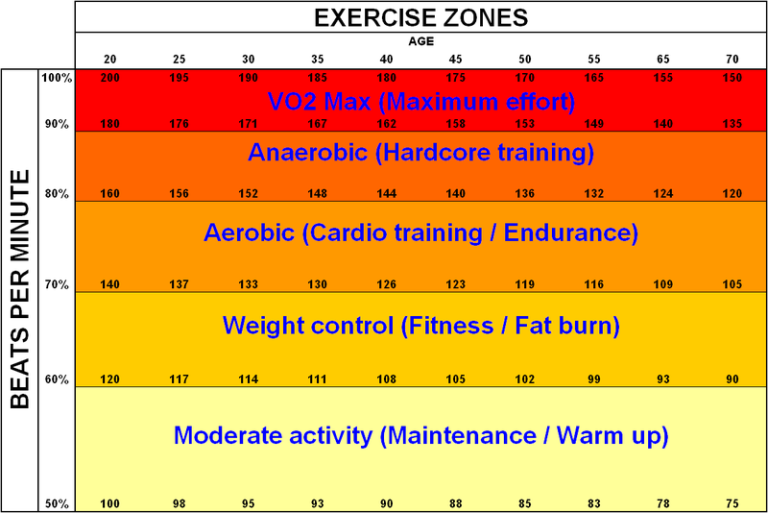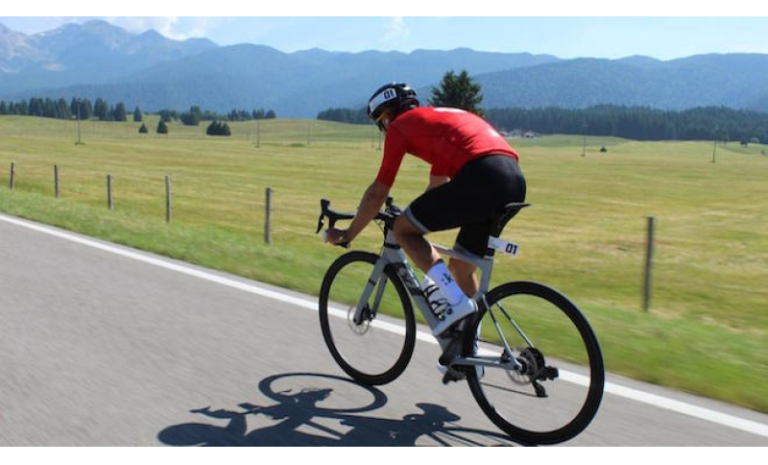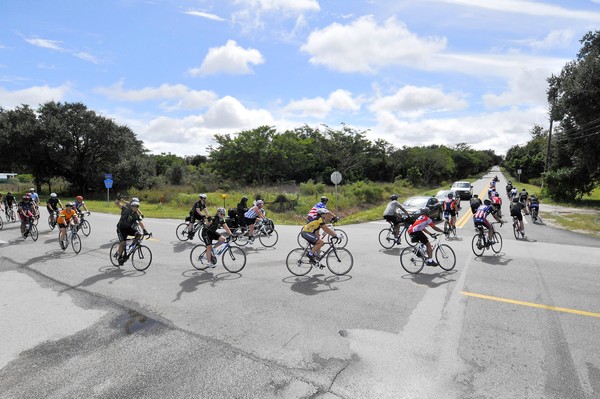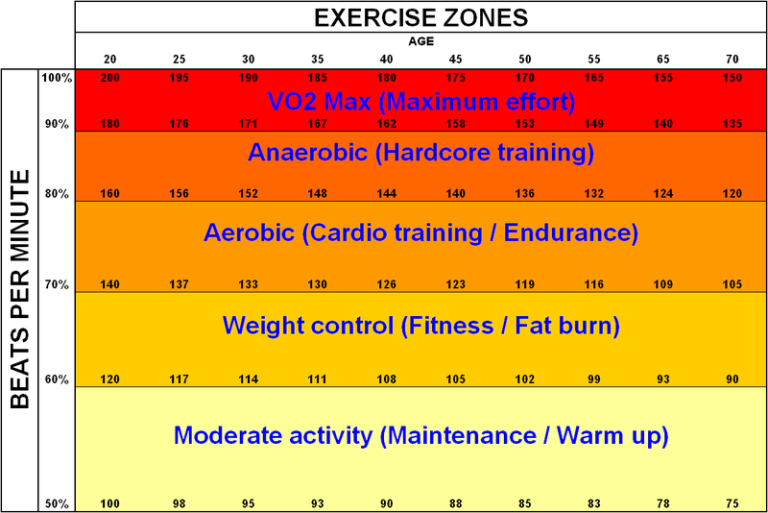Advanced High-Intensity Interval Training for Cyclists: Mastering Ultra-Cycling Performance
High-intensity interval training (HIIT) has revolutionized the way athletes train, and its benefits are particularly significant for cyclists. For ultra-cyclists, incorporating advanced HIIT strategies is essential to improving cycling performance, endurance, and mental resilience. Understanding the specialized endurance training and cycling performance metrics is crucial to maximizing your time and effort on the bike. Let’s delve into these advanced techniques to empower your ultra-cycling journey.
Interval Training for Endurance Cycling
Interval training is a powerful tool for cyclists looking to enhance endurance. By alternating between high-intensity bursts and recovery sessions, you challenge your cardiovascular fitness and improve your overall conditioning.
Understanding Interval Dynamics
Interval sessions focus on varying your cycling workouts with high and low-intensity periods. Choose a sprint interval duration based on your current fitness level, typically ranging from 30 seconds to 2 minutes, followed by recovery periods. These workouts significantly impact your VO2 max improvement, anaerobic capacity, and fat-burning efficiency.
**
**
HIIT for Cyclists: Actionable Steps
1. **Warm-Up**: Start with a 10-minute ride at a moderate pace to prepare your muscles.
2. **Sprint Intervals**: Engage in short bursts of high power output. For example, pedal at your max effort for 45 seconds, then recover slowly for 1-2 minutes.
3. **Monitor Heart Rate Zones**: Use a heart rate monitor to ensure you’re training in the optimal zone. Stay between 85-95% of your max heart rate during high-intensity intervals.
4. **Cool Down**: Gradually reduce your speed for a 5-minute cool-down period to facilitate recovery.
Implement these interval sessions twice a week to see improvements in your aerobic capacity and muscle endurance.
Power-Based Training for Ultra-Cycling
Power-based training relies on the measurement of your power output (watts) while cycling. This metric helps tailor your workouts to increase efficiency and performance.
Optimizing W/kg for Performance
The watts per kilogram (W/kg) ratio is a key measure of cycling power. Increasing your W/kg involves improving both strength through resistance training and reducing body weight healthily. Utilize this metric to set benchmarks and track progress.
**

**
Strategies for Improvement
1. **Resistance Training**: Integrate off-bike strength exercises, focusing on core and leg muscles.
2. **Cadence Variation**: Practice cycling at different cadences to enhance pedaling technique and muscle endurance.
3. **Continual Assessment**: Use power meters to assess progress in real-time. Adjust your training plan based on recorded data.
These strategies, focusing on W/kg and power output, are crucial for advanced cyclists aiming to compete in ultra-endurance events.
Using Heart Rate Zones for Optimal Training
Heart rate zones are an invaluable tool in personalized training plans. They help ensure your workouts are efficient and aligned with your fitness goals.
Understanding Heart Rate Zones
Heart rate zones are typically divided into five levels, each serving different training purposes:
1. **Zone 1 (Recovery)**: Low intensity, promoting recovery.
2. **Zone 2 (Aerobic Base)**: Builds aerobic capacity, ideal for tempo rides.
3. **Zone 3 (Tempo)**: Enhances endurance and trains lactate threshold.
4. **Zone 4 (Lactate Threshold)**: Focuses on improving anaerobic capacity.
5. **Zone 5 (VO2 Max)**: High intensity, improving peak power and speed.
**
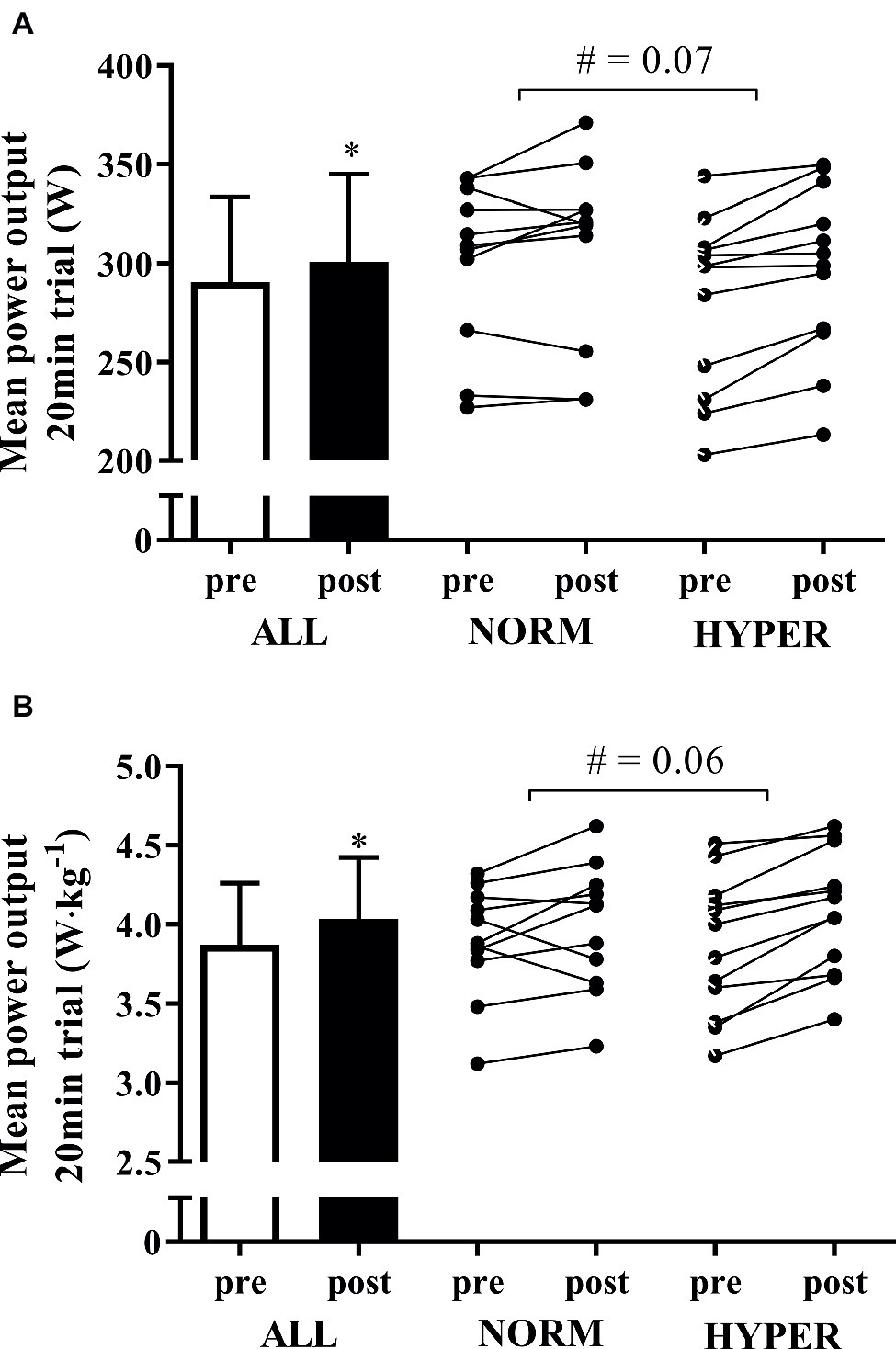
**
Implementing Heart Rate Training
1. **Determine Your Maximum Heart Rate**: Use the formula 220-age, or a heart rate monitor, for accuracy.
2. **Match Workouts to Zones**: Align your cycling intervals to different heart rate zones based on your goals.
3. **Track Progress**: Monitor changes over time to refine your training plan.
For ultra-cyclists, emphasizing zone 2 and zone 4 workouts boosts endurance and strength simultaneously.
Metrics to Elevate Cycling Performance
Cycling performance doesn’t solely hinge on physical capacity; understanding the right metrics can unlock more efficient training adaptations.
Key Metrics for Success
1. **Cycling Cadence**: Monitor revolutions per minute (RPM) for optimum energy use during long rides.
2. **VO2 Max Improvements**: Use lab tests or smart gadgets to assess oxygen consumption rates and regulate training intensity.
3. **Threshold Power**: Measure your threshold for early fatigue onset and adjust workouts accordingly.
Metric-Driven Training Adjustments
Using these metrics, adjust your training regularly. Tailor sessions to focus on areas needing improvement, thereby ensuring continual progress.
Mental Resilience and Motivation
Mental strength is as critical as physical readiness in ultra-cycling. Techniques to build resilience are essential for enduring long events.
Building Mental Fortitude
1. **Mindfulness Techniques**: Practice mindfulness to stay focused and reduce stress. Regular meditation sessions can enhance concentration.
2. **Visualization Exercises**: Visualize race success scenarios and strategize responses to potential challenges.
3. **Overcoming Race-Day Anxiety**: Utilize controlled breathing exercises to manage anxiety. Focused breathing can lower stress levels and enhance performance.
Staying Motivated
Set achievable goals and celebrate small victories. Connect with other cyclists to share experiences and advice, keeping motivation high.
FAQs
1. What is the primary benefit of HIIT for cyclists?
HIIT enhances both aerobic and anaerobic capacities, leading to improved cycling performance and endurance.
2. How often should ultra-cyclists perform interval training?
Twice a week is effective, allowing adequate recovery while maintaining fitness improvements.
3. Why is the W/kg ratio important in cycling?
The W/kg ratio indicates power efficiency relative to body weight, crucial for performance evaluation in cycling.
4. How can I improve my mental resilience for ultra-events?
Incorporate mindfulness and visualization techniques into your training routine to build strong mental resilience against race challenges.
5. What heart rate zone should be prioritized for endurance cycling?
Zone 2 should be prioritized as it develops a strong aerobic base, essential for endurance.
Conclusion
To succeed in ultra-cycling, integrating advanced high-intensity interval training techniques is non-negotiable. By focusing on endurance training, optimizing performance metrics, and strengthening mental resilience, you can accelerate your journey towards ultra-cycling mastery. Take action today, incorporating these insights into your training regimen, and share your experiences as you witness transformative results.

